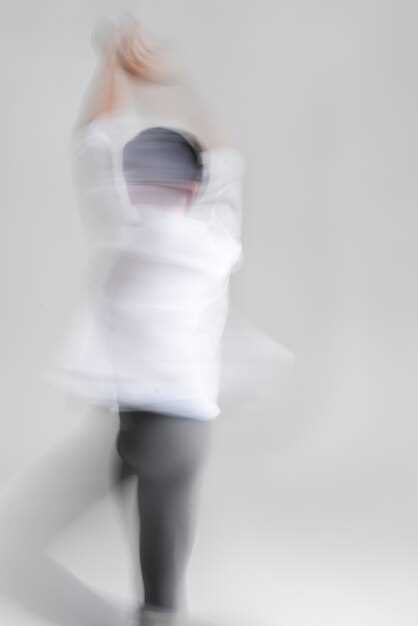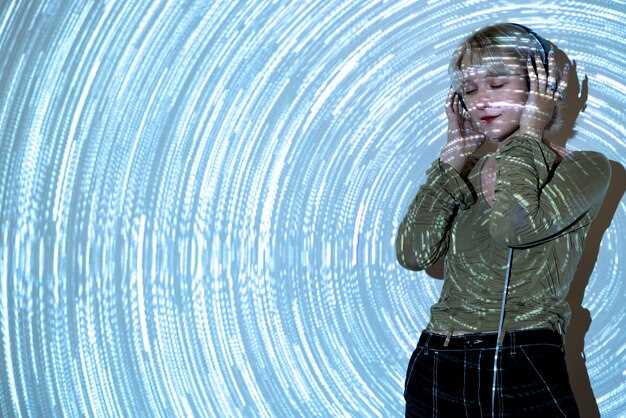
Capturing the essence of speed and movement is a fundamental aspect of high-speed photography, particularly in the realms of sports and automotive photography. The challenge lies not only in freezing moments in time but also in conveying the dynamic energy that typical high-speed actions embody. This is where motion blur techniques come into play, offering photographers artistic tools to enhance their images and tell a compelling story.
Motion blur creates a sense of movement by intentionally blurring parts of the image while keeping other elements sharp. This technique is particularly effective in sports photography, where athletes move at astonishing speeds, and in capturing fast-moving cars on the race track. By manipulating shutter speed and understanding panning techniques, photographers can highlight the motion of the subjects, allowing viewers to feel the adrenaline rush of the action.
In this article, we will explore various motion blur techniques that can elevate high-speed photography. From the fundamentals of camera settings to advanced panning strategies, understanding how to use motion blur can distinguish a mere snapshot from a powerful, evocative image that captures the thrill of speed.
Choosing the Right Shutter Speed for Capturing Sports Cars
When photographing sports cars in motion, selecting the appropriate shutter speed is crucial for achieving stunning images that convey speed and power. The right setting can help you freeze the action or create a sense of motion through motion blur.
For sharp and detailed shots of fast-moving cars, a faster shutter speed–typically around 1/1000th of a second or faster–is recommended. This setting will effectively freeze the action, allowing you to capture the intricate details of the vehicle, such as the design lines, tire textures, and branding.
However, if the goal is to emphasize speed, employing a slower shutter speed–from 1/250th to 1/500th of a second–can be beneficial. This technique introduces a sense of motion blur to the background while keeping the car relatively sharp, thereby conveying its rapid movement through the frame. Panning with the vehicle while using this shutter speed is essential to achieve optimal results.
In addition to shutter speed, consider other factors such as light conditions and the type of shots you want to achieve. For low-light environments, faster shutter speeds may lead to underexposed images, while slower speeds may result in excessive blur if not executed properly. Experimentation is key; test different settings to see which creates the desired effect.
Ultimately, the choice of shutter speed when capturing sports cars will largely depend on your creative vision–whether you want to freeze the moment or showcase the thrill of movement. Understanding how to manipulate this setting will elevate your photography and enable you to artistically portray the dynamism of cars in action.
Techniques for Creating Dynamic Motion Blur Effects

Creating dynamic motion blur effects is essential for capturing the excitement of high-speed sports photography. Here are several techniques that can help you achieve stunning results.
- Panning: This technique involves moving your camera in sync with a moving subject. To execute it effectively:
- Set a slower shutter speed (typically between 1/30 to 1/250 seconds).
- Track the subject smoothly as it moves across your field of view.
- Focus on maintaining a consistent speed to create a sharp image of the subject while blurring the background.
- Zoom Blur: Utilizing a zoom effect while shooting can create a unique sensation of speed:
- Use a zoom lens and set a moderate shutter speed.
- During the exposure, actively zoom in or out to create radial motion blur.
- This technique adds depth and a compelling dynamic feel to the image.
- High-Speed Shooting with Multiple Exposures: This method captures several frames in rapid succession:
- Set your camera to burst mode to take several shots in quick succession.
- Use post-processing software to merge images, emphasizing motion trails.
- This technique is especially effective for depicting movement in sports.
- Intentional Camera Movement (ICM): This creative method involves moving your camera deliberately:
- Choose a slow shutter speed to allow for significant movement during the exposure.
- Experiment with different directions of movement, such as vertical or diagonal.
- This can transform ordinary scenes into abstract representations of motion.
- Using ND Filters: Neutral Density filters can help achieve wider apertures and slower shutter speeds in bright conditions:
- Attach an ND filter to allow longer exposures without overexposing the image.
- This is particularly useful for creating dramatic blur in bright environments.
- Experiment with various ND strengths to find the right balance for your specific needs.
By mastering these techniques, photographers can effectively create dynamic motion blur effects that enhance the sense of speed and action in sports photography, resulting in images that truly capture the adrenaline of the moment.
Post-Processing Tips for Enhancing Motion Blur in Sport Car Images

Post-processing plays a crucial role in enhancing the dynamic quality of sports car images captured in motion. One effective approach is to emphasize the motion blur already present, adding a sense of speed and excitement to the final image. Begin by isolating the car from its background using a selection tool. This will allow for focused adjustments without affecting the surrounding scenery.
Next, apply a motion blur filter to the background layer. This technique accentuates the movement and gives a feeling of velocity. Adjust the angle and distance of the blur effect to match the direction of the car’s movement. This alignment creates a more cohesive image and enhances the overall impact.
Consider layering multiple instances of the car at varying opacities. By duplicating the car layer and applying different blur intensities to each layer, you can create a compelling effect that mimics the rush of speed. Experimenting with different blending modes makes it easier to find a balance that enhances the visual dynamics without overwhelming the viewer.
Utilizing adjustment layers can further refine the image. Boosting the contrast and saturation helps the car stand out against the blurred backdrop, making the motion more pronounced. Sharpening the car while keeping the background softer will draw the viewer’s attention directly to the subject.
Lastly, consider adding a vignette effect to focus the viewer’s eye on the car. The subtle darkness at the edges can emphasize the motion while providing an artistic touch to the overall composition. Remember to experiment and find a blend that best represents the energy and thrill of sports cars in motion.





